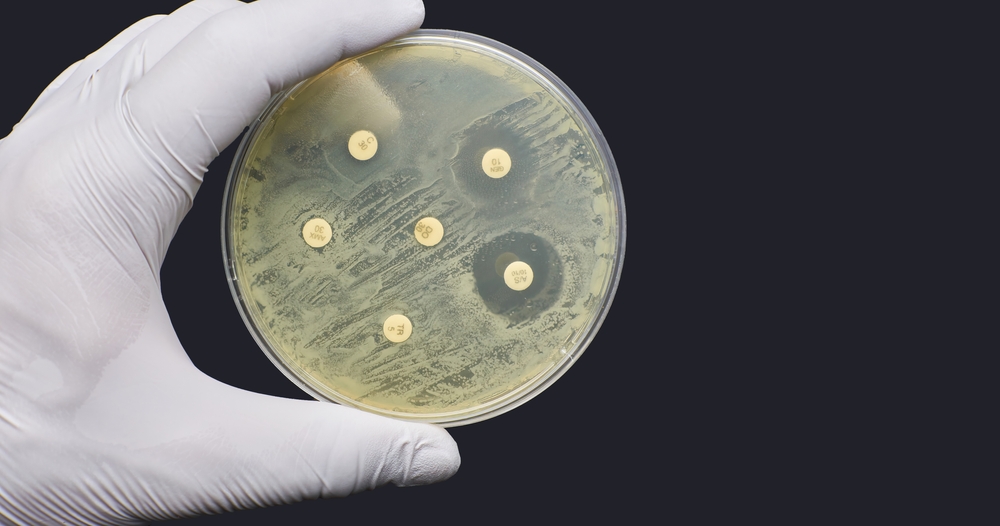MIT researchers used deep learning models to discover the first new class of antibiotics in decades. The resulting antibiotics could turn the tide against drug-resistant bacteria.
When Alexander Fleming discovered penicillin, the world’s first antibiotic, he was aware of the associated dangers.
In his Nobel Prize acceptance speech in 1945, Fleming said, “Then there is the danger that the ignorant man may easily underdose himself and by exposing his microbes to non-lethal quantities of the drug, make them resistant.”
As newer antibiotics were developed, misuse and incorrect prescriptions led to the bacteria they targeted gradually becoming resistant to these previously effective medicines.
The team that Dr. Jim Collins heads at The Collins Lab at MIT started the Antibiotics-AI Project back in 2020 to address this. The project has a seven-year plan to develop seven new classes of antibiotics to treat seven of the world’s deadliest bacterial pathogens.
Their efforts using machine learning have started to pay off as their paper announced their discovery of a new class of antibiotics that can kill methicillin-resistant Staphylococcus aureus (MRSA) bacteria. Drug-resistant MRSA infections kill up to 10,000 people every year in the US alone.
Pharmaceutical companies don’t direct much of their research into antibiotics because it’s not as lucrative as other medicines. It has also become increasingly difficult to discover new antibiotics. AI just made it a lot easier.
Deep learning models
The challenge with creating a new antibiotic is that there are near-infinite molecular arrangements and it’s hard to know which of those will kill a specific bacteria. To complicate matters, researchers need to make sure that the new compound also doesn’t kill healthy cells.
The MIT team created a database of 39,000 different compounds and their effects on Staphylococcus aureus. They also incorporated the cytotoxicity of the compounds by tracking the effects they have on human liver, skeletal muscle, and lung cells.
Information on the chemical structures of the compounds was also added to the dataset which was then used to train a deep learning AI model.
Based on the large dataset, the model was able to learn which chemical structures were most likely to kill the bacteria while avoiding adverse effects on healthy cells.
Once trained, the AI model was used to screen 12 million commercially available compounds. The model identified molecules from five different classes that it predicted would kill the MRSA bacteria.
Based on that significantly narrowed-down list of candidate compounds, the researchers obtained 280 compounds to test against MRSA bacteria grown in a lab dish. Their tests led to the discovery that two of the compounds reduced MRSA by a factor of 10.
Explainable AI
AI models often give us useful answers but they can be inscrutable black boxes, not allowing us an insight into how they arrive at the answer.
Felix Wong, a postdoc at MIT and Harvard and one of the study’s lead authors along with Erica Zheng said, “What we set out to do in this study was to open the black box. These models consist of very large numbers of calculations that mimic neural connections, and no one really knows what’s going on underneath the hood.”
Understanding what led the model to select the compounds it did would give researchers a better idea of where to look for more effective drugs. The research team used an adapted Monte Carlo tree search algorithm to get an insight into their deep learning model’s decision-making process.
Dr. Collins explained, “The insight here was that we could see what was being learned by the models to make their predictions that certain molecules would make for good antibiotics.”
Along with MIT, the research also had contributions from the Broad Institute, Integrated Biosciences, the Wyss Institute for Biologically Inspired Engineering, and the Leibniz Institute of Polymer Research in Dresden, Germany.
Using AI to sift through millions of potential chemical arrangements is having a massive impact on drug discovery. For the Collins Lab, it’s a case of ‘one down, six to go’ and it looks like their seven-year project may have time to spare.





